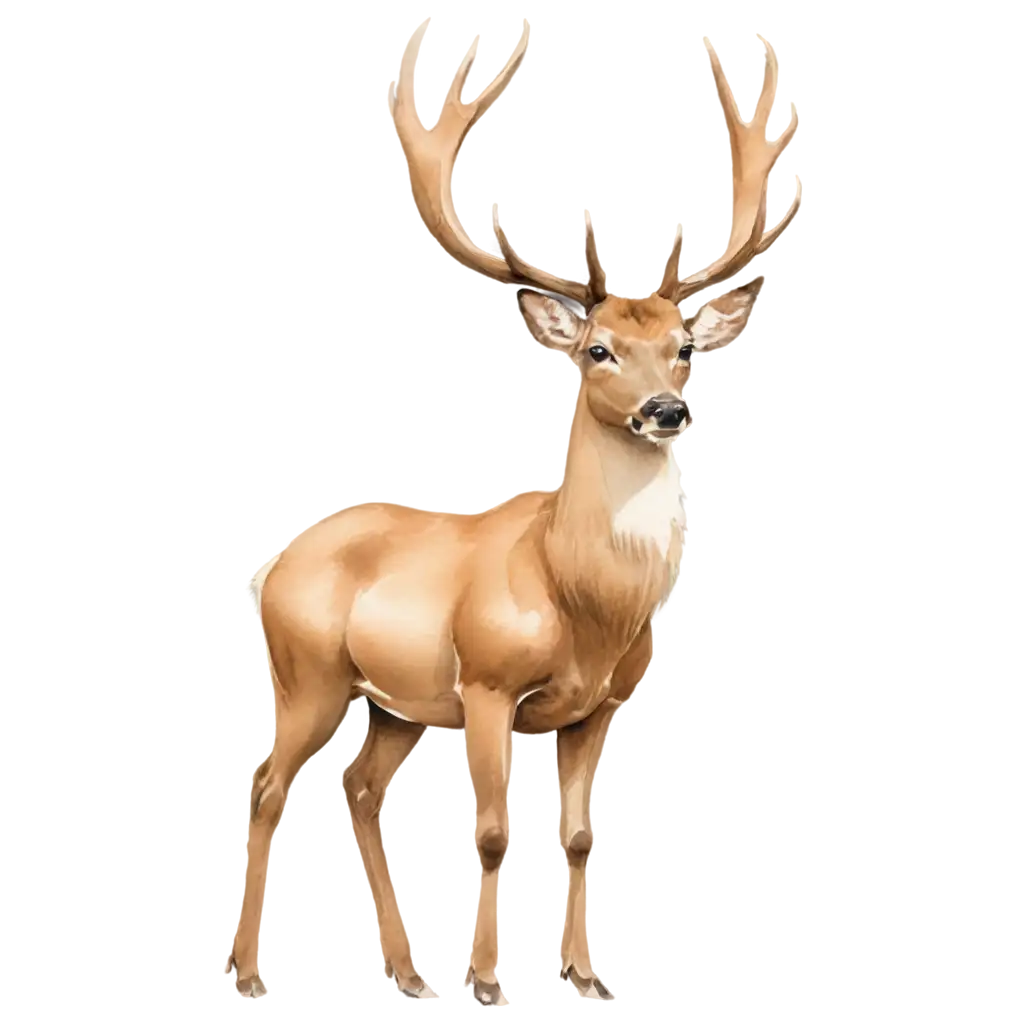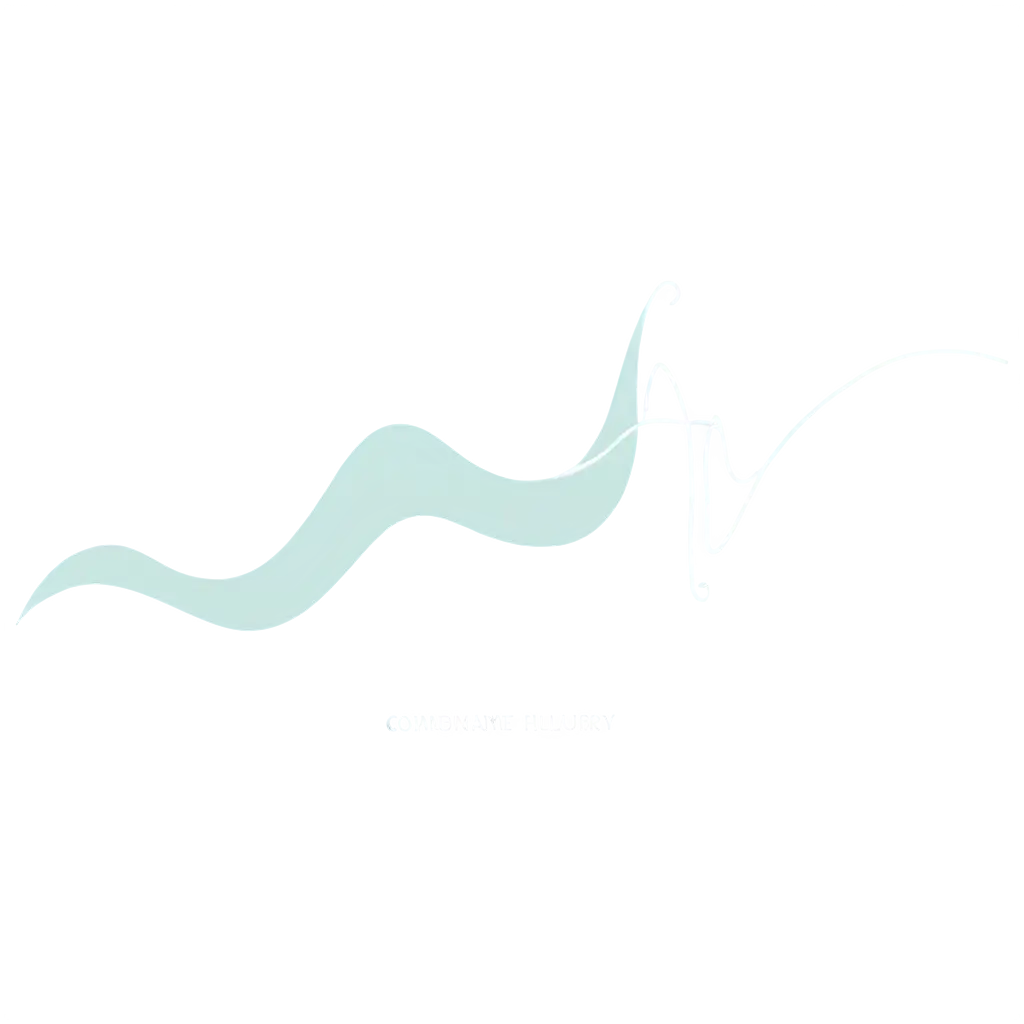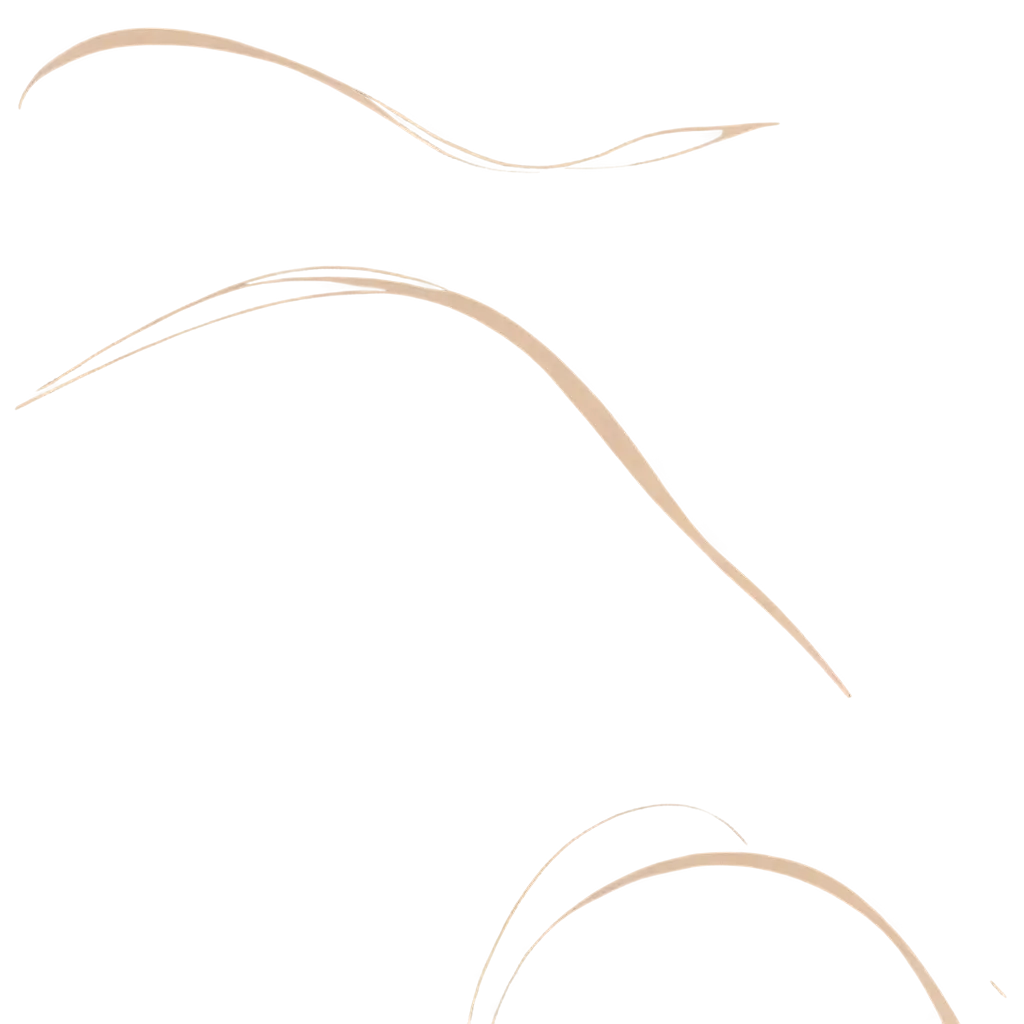5 Free Soft Earth Tones transparent PNG images
Explore our curated collection of 5 free AI-generated images tagged with 'Soft Earth Tones'. This diverse gallery features an array of stock photos, 3D objects, vectors, and illustrations, all celebrating the subtle beauty of natural color palettes. Each image is available for high-resolution download, and our innovative 'open in editor' feature allows you to fine-tune the prompt to regenerate variations that perfectly match your vision.





Related Tags
Soft Earth Tones encompass a sophisticated palette of muted, natural colors derived from soil, stone, wood, and clay. These include warm browns, subtle tans, gentle terracottas, and muted sage greens. In digital art and AI-generated imagery, these tones create a sense of warmth, stability, and organic connection. The palette typically ranges from light sand and wheat colors to deeper umbers and subtle olive hues, all characterized by their low saturation and natural warmth. This color scheme has gained particular prominence in contemporary digital art due to its versatility and ability to create calming, grounded compositions.
Understanding Soft Earth Tones in Digital Art and Photography
Soft Earth Tones have become increasingly popular in various design applications, from interior visualization to brand identity development. These colors excel in architectural rendering, where they create realistic and inviting spaces. In product photography, they provide sophisticated backdrops that enhance subject presentation without overwhelming it. The versatility of earth tones makes them particularly valuable in UI/UX design, where they offer excellent readability while maintaining visual interest. Recent trends show their growing use in sustainable and eco-friendly brand imagery, where they effectively communicate natural and environmental values through visual design.
Applications of Soft Earth Tones in Contemporary Design
Generating effective Soft Earth Tone images with AI requires understanding both color theory and prompt engineering. Key techniques include specifying color temperatures (warm beige, cool taupe), incorporating natural textures (weathered wood, rough stone), and using modifiers like 'muted,' 'subtle,' or 'organic.' Success often comes from combining specific color references with environmental contexts, such as 'morning desert light' or 'foggy forest atmosphere.' The AI responds particularly well to prompts that reference natural materials and lighting conditions, helping to create images with authentic, harmonious earth tone palettes.
Creating Perfect Soft Earth Tone Images with AI
The evolution of AI image generation is pushing the boundaries of how Soft Earth Tones are interpreted and applied. Emerging trends include the integration of subtle metallic elements with traditional earth tones, creating modern interpretations of natural colors. There's also a growing focus on combining earth tones with sustainable and biophilic design elements, reflecting increasing environmental consciousness. Advanced AI algorithms are becoming more sophisticated at rendering subtle color variations and natural textures, leading to more nuanced and realistic earth tone compositions. This technological progression is opening new possibilities for creating authentic, nature-inspired digital artwork that maintains the timeless appeal of earth tones while embracing contemporary aesthetic sensibilities.
Future Trends in Soft Earth Tone Digital Imagery